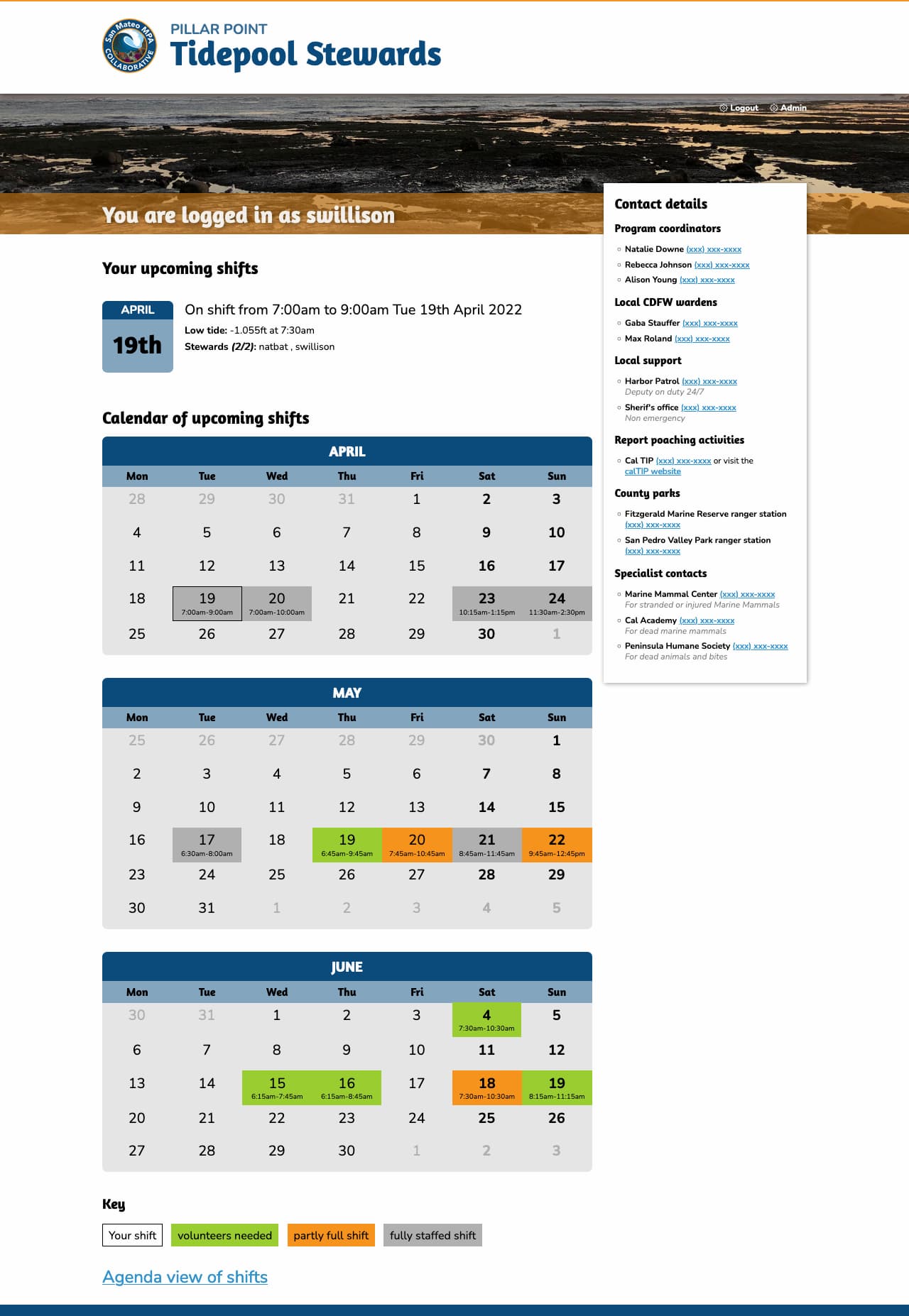16 items tagged “continuous-integration”
2023
At The Guardian we had a pretty direct way to fix this [the problem of zombie feature flags]: experiments were associated with expiry dates, and if your team's experiments expired the build system simply wouldn't process your jobs without outside intervention. Seems harsh, but I've found with many orgs the only way to fix negative externalities in a shared codebase is a tool that says "you broke your promises, now we break your builds".
2022
A tiny CI system (via) Christian Ştefănescu shares a recipe for building a tiny self-hosted CI system using Git and Redis. A post-receive hook runs when a commit is pushed to the repo and uses redis-cli to push jobs to a list. Then a separate bash script runs a loop with a blocking “redis-cli blpop jobs” operation which waits for new jobs and then executes the CI job as a shell script.
Pillar Point Stewards, pypi-to-sqlite, improvements to shot-scraper and appreciating datasette-dashboards
This week I helped Natalie launch the Pillar Point Stewards website and built a new tool for loading PyPI package data into SQLite, in order to help promote the excellent datasette-dashboards plugin by Romain Clement.
[... 1,985 words]2021
Running GitHub on Rails 6.0. Back in 2019 Eileen M. Uchitelle explained how GitHub upgraded everything in production to Rails 6.0 within 1.5 weeks of the stable release. There’s a trick in here I really like: they have an automated weekly job which fetches the latest Rails main branch and runs the full GitHub test suite against it, giving them super-early warnings about anything that might break and letting them provide feedback to upstream about unintended regressions.
PAGNIs: Probably Are Gonna Need Its
Luke Page has a great post up with his list of YAGNI exceptions.
[... 1,289 words]Over the past several months, everyone in the industry who provides any kind of free CPU resources has been dealing with a massive outbreak of abuse for cryptocurrency mining. The industry has been setting up informal working groups to pool knowledge of mitigations, communicate when our platforms are being leveraged against one another, and cumulatively wasting thousands of hours of engineering time implementing measures to deal with this abuse, and responding as attackers find new ways to circumvent them.
Spinning up a new Django app to act as a backend for VaccinateCA
My goal by the end of this week is to have a working proof of concept for a Django + PostgreSQL app that can replace Airtable as the principle backend for the https://www.vaccinateca.com/ site. This proof of concept will allow us to make a go or no-go decision and figure out what else needs to be implemented before we can start using it to track calls.
[... 762 words]2020
Web apps are typically continuously delivered, not rolled back, and you don't have to support multiple versions of the software running in the wild.
This is not the class of software that I had in mind when I wrote the blog post 10 years ago. If your team is doing continuous delivery of software, I would suggest to adopt a much simpler workflow (like GitHub flow) instead of trying to shoehorn git-flow into your team.
Tracking FARA by deploying a data API using GitHub Actions and Cloud Run
I’m using the combination of GitHub Actions and Google Cloud Run to retrieve data from the U.S. Department of Justice FARA website and deploy it as a queryable API using Datasette.
[... 1,599 words]2019
GitHub Actions ci.yml for deno. Spotted this today: it’s one of the cleanest examples I’ve seen of a complex CI configuration for GitHub Actions, testing, linting, benchmarking and building Ryan Dahl’s deno JavaScript runtime.
2018
Continuous Integration with Travis CI—ZEIT Documentation. One of the neat things about Zeit Now is that since deployments are unlimited and are automatically assigned a unique URL you can set up a continuous integration system like Travis to deploy a brand new copy of every commit or every pull request. This documentation also shows how to have commits to master automatically aliased to a known URL. I have quite a few Datasette projects that are deployed automatically to Now by Travis and the pattern seems to be working great so far.
2017
Porting my blog to Python 3
This blog is now running on Python 3! Admittedly this is nearly nine years after the first release of Python 3.0, but it’s the first Python 3 project I’ve deployed myself so I’m pretty excited about it.
[... 883 words]How to set up world-class continuous deployment using free hosted tools
I’m going to describe a way to put together a world-class continuous deployment infrastructure for your side-project without spending any money.
[... 1,294 words]2013
What are good and easy practices for frequent web deployments?
At Lanyrd we use a combination of Fabric to drive our deploy scripts, git to get the code on to the servers, puppet for configuration management and Jenkins to run continuous integration tests and provide a “deploy the site” button.
[... 262 words]2009
Fabric factory. Promising looking continuous integration server written in Django, which uses Fabric scripts to define actions.
Localbuilder. Gareth Rushgrove’s neat little Python continuous integration tool—it watches a directory for changes, then runs a command when it spots any.
